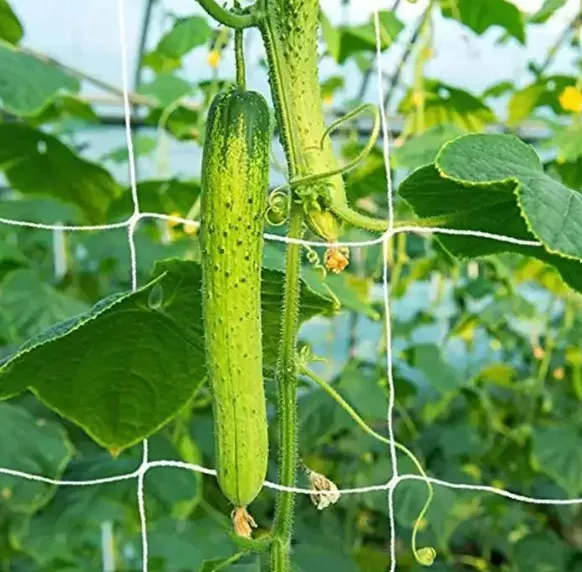-
 Afrikaans
Afrikaans -
 Albanian
Albanian -
 Amharic
Amharic -
 Arabic
Arabic -
 Armenian
Armenian -
 Azerbaijani
Azerbaijani -
 Basque
Basque -
 Belarusian
Belarusian -
 Bengali
Bengali -
 Bosnian
Bosnian -
 Bulgarian
Bulgarian -
 Catalan
Catalan -
 Cebuano
Cebuano -
 China
China -
 Corsican
Corsican -
 Croatian
Croatian -
 Czech
Czech -
 Danish
Danish -
 Dutch
Dutch -
 English
English -
 Esperanto
Esperanto -
 Estonian
Estonian -
 Finnish
Finnish -
 French
French -
 Frisian
Frisian -
 Galician
Galician -
 Georgian
Georgian -
 German
German -
 Greek
Greek -
 Gujarati
Gujarati -
 Haitian Creole
Haitian Creole -
 hausa
hausa -
 hawaiian
hawaiian -
 Hebrew
Hebrew -
 Hindi
Hindi -
 Miao
Miao -
 Hungarian
Hungarian -
 Icelandic
Icelandic -
 igbo
igbo -
 Indonesian
Indonesian -
 irish
irish -
 Italian
Italian -
 Japanese
Japanese -
 Javanese
Javanese -
 Kannada
Kannada -
 kazakh
kazakh -
 Khmer
Khmer -
 Rwandese
Rwandese -
 Korean
Korean -
 Kurdish
Kurdish -
 Kyrgyz
Kyrgyz -
 Lao
Lao -
 Latin
Latin -
 Latvian
Latvian -
 Lithuanian
Lithuanian -
 Luxembourgish
Luxembourgish -
 Macedonian
Macedonian -
 Malgashi
Malgashi -
 Malay
Malay -
 Malayalam
Malayalam -
 Maltese
Maltese -
 Maori
Maori -
 Marathi
Marathi -
 Mongolian
Mongolian -
 Myanmar
Myanmar -
 Nepali
Nepali -
 Norwegian
Norwegian -
 Norwegian
Norwegian -
 Occitan
Occitan -
 Pashto
Pashto -
 Persian
Persian -
 Polish
Polish -
 Portuguese
Portuguese -
 Punjabi
Punjabi -
 Romanian
Romanian -
 Russian
Russian -
 Samoan
Samoan -
 Scottish Gaelic
Scottish Gaelic -
 Serbian
Serbian -
 Sesotho
Sesotho -
 Shona
Shona -
 Sindhi
Sindhi -
 Sinhala
Sinhala -
 Slovak
Slovak -
 Slovenian
Slovenian -
 Somali
Somali -
 Spanish
Spanish -
 Sundanese
Sundanese -
 Swahili
Swahili -
 Swedish
Swedish -
 Tagalog
Tagalog -
 Tajik
Tajik -
 Tamil
Tamil -
 Tatar
Tatar -
 Telugu
Telugu -
 Thai
Thai -
 Turkish
Turkish -
 Turkmen
Turkmen -
 Ukrainian
Ukrainian -
 Urdu
Urdu -
 Uighur
Uighur -
 Uzbek
Uzbek -
 Vietnamese
Vietnamese -
 Welsh
Welsh -
 Bantu
Bantu -
 Yiddish
Yiddish -
 Yoruba
Yoruba -
 Zulu
Zulu
bird catching nets
The Art and Science of Bird Catching Nets
Bird catching nets have been an essential tool for ornithologists, birdwatchers, and wildlife enthusiasts for centuries. These nets serve a dual purpose they allow researchers to capture birds for study and conservation, while also providing a means for bird lovers to observe these avian wonders up close. Understanding the design, function, and ethical considerations surrounding bird catching nets is essential for anyone looking to engage in this practice.
At its core, a bird catching net functions on a simple principle the entrapment of birds using nets that are typically fine-meshed and nearly invisible. The most common types include mist nets, which are extremely thin and hard to see, and more structured nets used for larger birds. Mist nets are often set up in areas where birds are known to frequent, such as near feeding spots, nesting sites, or migration paths. Their height and placement are crucial; if a net is positioned poorly, it may fail to catch birds or could inadvertently snag non-target species.
Using bird catching nets requires an understanding of bird behavior. Birds are often wary of new objects in their environment, making it essential for the nets to blend seamlessly into the surroundings. Many experienced bird catchers will camouflage their nets with natural vegetation or will set them up in advance, allowing the birds to familiarize themselves with the area before the catching occurs. Knowledge of the local species' habits, such as feeding patterns and flight paths, is crucial to increasing the chances of successful captures without causing undue stress to the birds.
Beyond practicality, ethical considerations in using bird catching nets cannot be overlooked. Environmental and bird conservationist groups emphasize the importance of humane treatment. Nets must be checked regularly to minimize the time birds spend entangled, reducing stress and injury. Additionally, capturing birds should only be done with appropriate permits and for valid scientific or conservation purposes. It is imperative to understand local regulations and adhere strictly to guidelines that protect wildlife.
bird catching nets

Following the capture, researchers typically handle birds with care, weighing and measuring them for data collection before releasing them unharmed. This data contributes to knowledge about species populations, migration patterns, and general health, which can inform conservation strategies. Many ornithologists also use ringing (banding) techniques that enable them to track the movements of individual birds over time, providing invaluable insights into their life cycles.
Moreover, the knowledge gained through such practices can galvanize community interest in protecting local ecosystems. Schools, nature centers, and conservation groups often host workshops where community members can learn about birds and even participate in safe and ethical catching practices. These opportunities promote a greater appreciation for avian life and the vital roles birds play in our ecosystems.
In recent years, technology has introduced innovative methodologies for studying birds, such as remote cameras and acoustic monitoring systems. However, traditional bird catching nets still hold their ground, providing hands-on experience and tangible data. There is something profoundly rewarding about the intimacy of interacting with these creatures, whether it's banding a warbler or observing the vibrant plumage of a finch at close range.
In conclusion, bird catching nets are indispensable tools in the study and conservation of birds, combining art and science in a harmonious endeavor. When used ethically and responsibly, they can foster a deeper understanding of our avian friends and promote initiatives that protect their habitats for generations to come. As stewards of the environment, it is our responsibility to ensure that our methods respect and preserve the delicate balance of nature while allowing us to marvel at the beauty of birds in flight.
-
Shipping Plastic Bags for Every NeedNewsJul.24,2025
-
Safety Netting: Your Shield in ConstructionNewsJul.24,2025
-
Plastic Mesh Netting for Everyday UseNewsJul.24,2025
-
Nylon Netting for Every UseNewsJul.24,2025
-
Mesh Breeder Box for Fish TanksNewsJul.24,2025
-
Expanded Steel Mesh Offers Durable VersatilityNewsJul.24,2025











